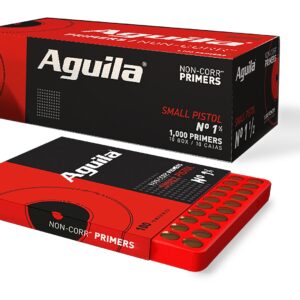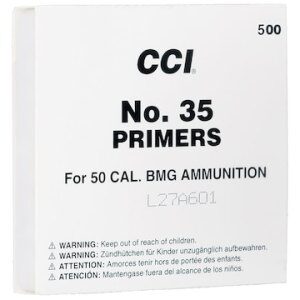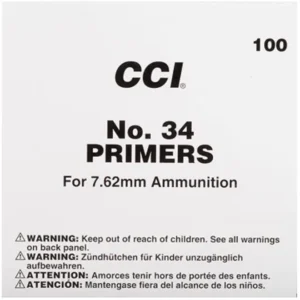Sale!
Original price was: $494.99.$414.99Current price is: $414.99.
Sale!
Original price was: $133.00.$110.00Current price is: $110.00.
Reloading Primers: A Comprehensive Guide
Reloading primers are a crucial component in ammunition reloading, ensuring consistent ignition and accuracy. Understanding primer types, characteristics and uses can optimize reloading efficiency.
History of Reloading Primers
Primers have evolved significantly since their introduction in the 19th century.
- 19th century: First percussion caps were developed.
- Early 20th century: Modern centerfire primers emerged.
- Present day: Electronic and specialty primers available.
Types of Reloading Primers
Ammo Variations
- Centerfire Primers: Suitable for most rifle and handgun calibers.
- Rifle Primers: Designed for high-pressure rifle cartridges.
- Pistol Primers: Optimized for handgun cartridges.
- Shotshell Primers: Used for shotgun shells.
- MAGNUM Primers: High-energy primers for large or magnum calibers.
Characteristics of Reloading Primers
Key Factors
- Primer Size: Measure diameter (e.g., small pistol, large rifle).
- Primer Type: Centerfire, rimfire or specialty.
- Energy Level: Standard, magnum or high-energy.
- Sensitivity: Impact sensitivity affects ignition reliability.
Choosing the Right Reloading Primer
Purchasing Considerations
- Caliber Compatibility: Ensure primer compatibility with cartridge.
- Powder Type: Match primer energy to propellant characteristics.
- Load Data: Consult reliable load data sources.
- Manufacturer Recommendations: Follow primer manufacturer guidelines.
Safety Considerations
Safety First
- Proper Storage: Store in dry, secure containers.
- Handling Precautions: Avoid touching primer sensitive areas.
- Eye Protection: Wear protective eyewear during reloading.
- Static Protection: Ground yourself to prevent static discharge.
Frequently Asked Questions
FAQs
- Q: What is the difference between rifle and pistol primers?
Rifle primers have higher energy levels for larger calibers.
- Q: Can I use magnum primers in standard loads?
No, magnum primers may cause over-pressure.
- Q: How do I store reloading primers?
Store in dry, secure containers, away from heat sources.









